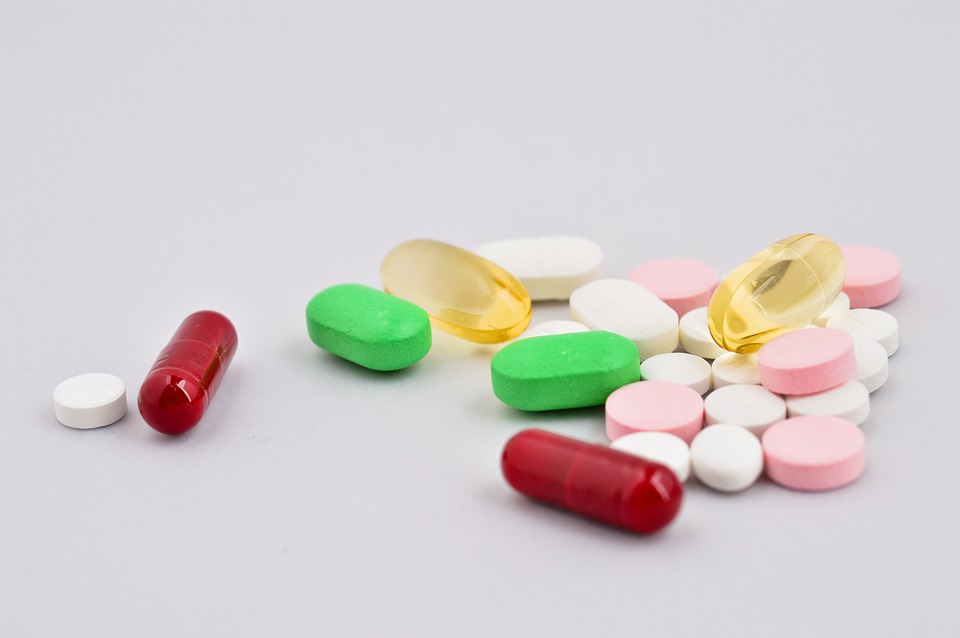Prediction of Human Intestinal Permeability Single-Pass Intestinal Perfusion in Rat: A QSAR/QSPR Approach
The aim of the study was the prediction of human intestinal permeability and fraction absorbed of oral dose using QSAR/QSPR methods. To explore physicochemical and topological properties of 15 compounds responsible for their Human intestinal permeability, a quantitative structure activity relationship, Hansch approach was applied on sixteen compounds. Various physicochemical and topological descriptors and reported Human intestinal permeability values of different 15 compounds were used as independent variables and dependent variable respectively.
The whole 5 pages article is available for download here.
The best models for 15 different compounds were first validated by Regression analysis. It was revealed that physicochemical parameter Density, polarizability, Molecular Volume, Parachore and topological parameter J play a very significant role to predict the human intestinal permeability and these studies provide an insight to design new molecules.
Drugs are most commonly administered via oral route. In fact the vast majority of pharmaceutical dosage forms are designed for oral administration. However not all of the compounds have compatible properties for the development of oral dosage forms. Often poor bioavailability results in the termination of development of new drugs. Therefore, optimized bioavailability of drugs is one of the most important goals for the pharmaceutical industry.
The two principal routes of absorption across small intestinal epithelium are paracellular and transcellular. Typically, lipophilic drugs are absorbed by the transcellular route, whereas hydrophilic drugs are slowly absorbed via the transcellular pathway or in some cases via the paracellular route. Both passive and active (carrier mediated) processes may contribute to the permeability to drugs transported by the transcellular pathway. For instance several amino acid analogues such as α-methyldopa, Ldopa and baclofen are transported by large neutral amino acid transporter and orally absorbed cephalosporins are substrates for the H+/oligopeptide transporter.
The efficiency of drug absorption is also influenced by efflux proteins lining the small intestine. For example Pglycoprotein (P-gp) is a phosphorylated and glycosylated efflux protein belonging to a family of plasma membrane proteins encoded by the multidrug resistance gene(s) (1). It functions as a membrane-localized drug transport mechanism that has the ability to actively pump its substrates out of the cell. This could reduce the efficiency of absorption of common, orally absorbed drugs like digoxin, carbamazepine and propranolol. Recognition of the much broader specificity of P-gp and its functional effects on intestinal drug transport could lead to strategies for improving absorption, either by incorporating structural features in drug design that reduce interaction with P-gp or by the use of specific P-gp inhibitors.
The whole 5 pages article is available for download here.

